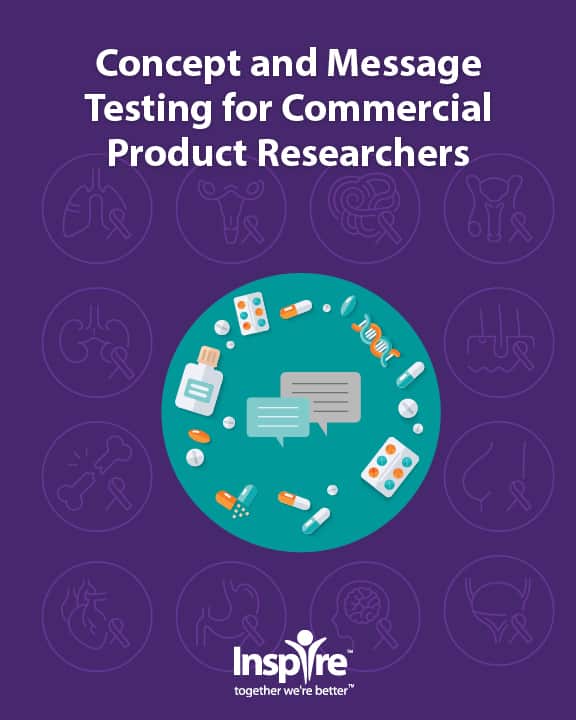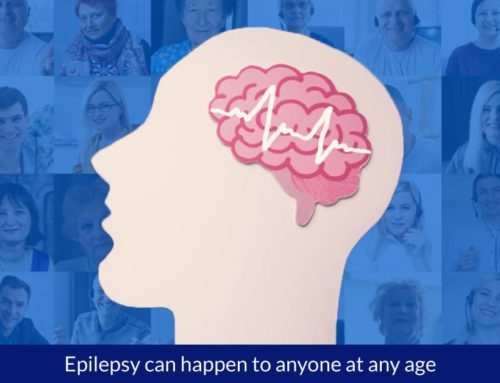Do You Really Know How Patients Talk About Their Condition?

By Kathleen Hoffman, PhD MSPH
There are classic examples of advertising messages that ended up offending the target customer, but the Utah Department of Transportation provided the most recent.
The Utah DOT’s lighthearted attempt to adopt a specific culture’s way of speaking was predictably ridiculed when “Hey Teens, Buckling Up is Totes Yeet Yo” (meaning “the use of seatbelts is excellent”) appeared on the state’s electronic highway signs.1
honestly pic.twitter.com/axXJwjbJrH
— Nico Di Angelo Fan Blog (@Laney_Brynn) October 23, 2019
The story is funny, but illustrates when a marketing message initiated negative attitudes — and behavior — among the very people it intended to influence. It was scorned by teenagers and it caused distracted driving when drivers photographed it.2 So much for Teen Safe Driving Week.
The DOT may not have considered message testing, but a 2018 survey of 250 businesses and found that “98% of companies that run message concept tests say they help create a successful launch, but only 49% of organizations regularly conduct them.”3 While the survey respondents agreed nearly unanimously that testing messages and concepts with actual users contributed to a successful outcome, the 51% that don’t use them are perhaps assuming they know what their consumers want and respond to. What opportunities are being lost by this assumption?
An article giving multiple examples of marketing messages yielding social offenses advised testing all messages with a literate native speaker. However, being literate in the customer’s language involves more than common vocabulary. It is the informed use of the language in the appropriate social setting.
As the Inspire eBook “How Does Pharma Learn to Speak Patient?”5 observed, a “speech community” is “a group of people who come together for a shared purpose, who share rules for communication, interaction, and knowledge to help them participate within the group.”6 Inspire’s communities are examples of speech communities with the “shared voice” crucial to effective communication.
Above and beyond avoiding unintentional offense, message testing of actual patients and caregivers yields nuanced benefits. In a study of patient messages conducted for a major pharmaceutical company, Inspire’s research team, using sociolinguistic analysis, found that the connotations of common words including “hope,” “survivor,” and “survival” varied depending on age, life stage, and experience with their condition.7 The results redefined important audience characteristics that had been overlooked previously by the sponsor’s marketing team.7
For pharmaceutical marketing, patients and caregivers are the purest source of understanding. The only “literate native speakers” among pharma consumers are the patients of the condition being treated and their caregivers. Directly asking what matters to them and analyzing the results in-depth yields resonant marketing messages.
Download the case study, “Concept and Message Testing for Commercial Product Researchers”
Inspire offers a trusted community to patients and caregivers. Our goal with this blog, this website and our content is to provide the life science industry access to the true, authentic patient voice. In so doing, we support faithful operationalization of patient-centricity. Take a look at our case studies, eBooks and news outlet coverage.
References
1https://mashable.com/article/cringey-highway-signs-have-taken-over-utah-and-they-might-be-backfiring-a-bit/
2https://mashable.com/article/cringey-highway-signs-have-taken-over-utah-and-they-might-be-backfiring-a-bit/
3 https://www.qualtrics.com/product-experience/product-launch-report
4https://www.industryweek.com/trade/bite-wax-tadpole
5https://corp.inspire.com/resource/speaking-patient/?portfolioCats=4
6Saville-Troike, M. Introducing Second Language Acquisition. 2nd Ed Cambridge Press https://pdfs.semanticscholar.org/b3de/f353f52274af43480da172ffb9b7d7c5f004.pdf
7https://corp.inspire.com/resource/avoiding-pitfalls-social-media-product-marketing/?portfolioCats=3






